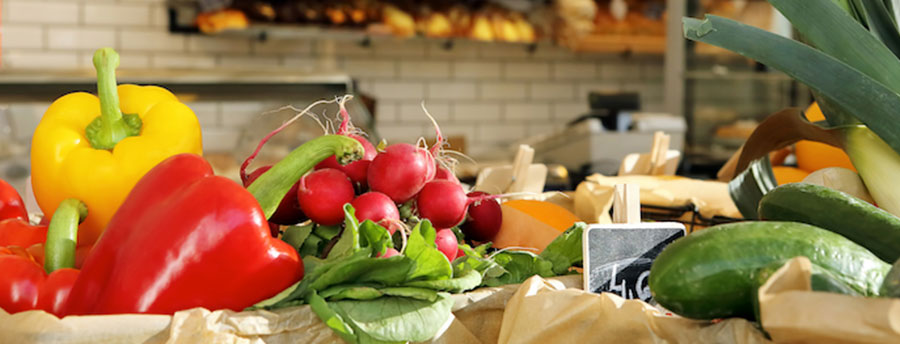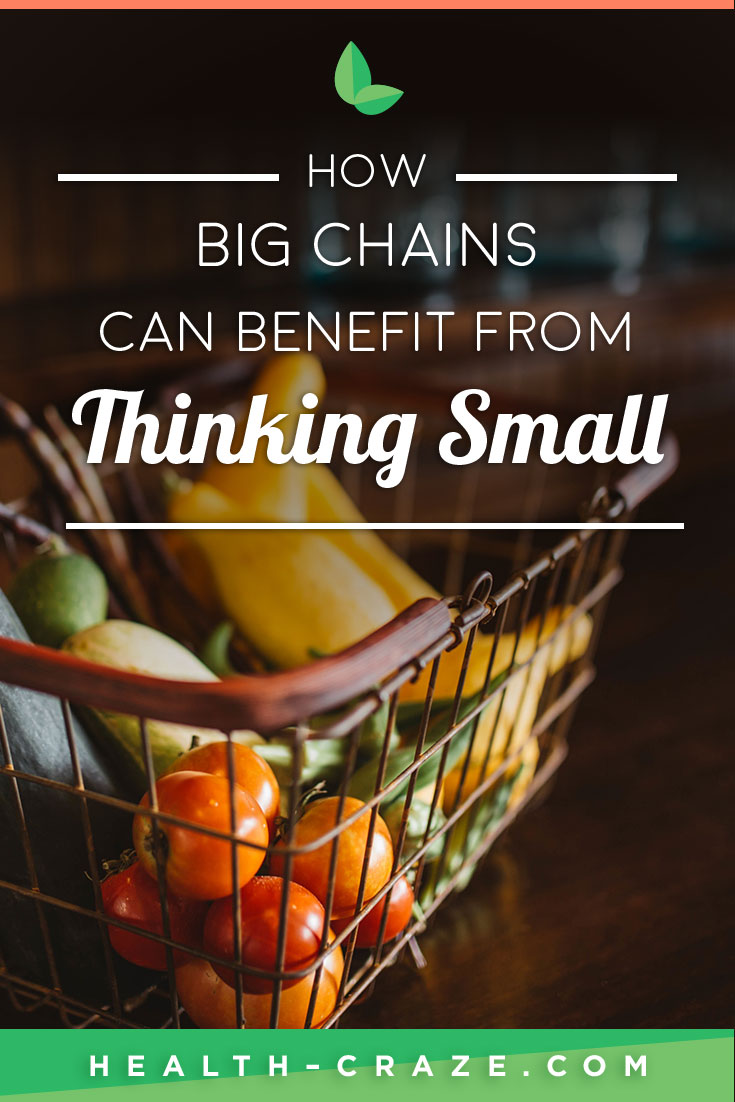Farmer’s markets and local, smaller grocery stores are wildly popular with consumers, particularly the highly sought after Millennials. What can bigger stores implement in their healthy food marketing that their smaller counterparts do to attract this incredibly valuable consumer?
1) Speak their language
Health-conscious consumers want to hear some very specific words- like local, organic, non-gmo, paleo, and gluten free. Make sure you are letting them know exactly what is in their food whenever possible. This kind of transparency is no longer optional, it is expected.
2) Channel your inner farmer’s market
Telling your customers where your produce comes from is a great way to feel more authentic and fresh. Going further than that, like acknowledging the relationship your store has with their farmers is even better. Take some cues from Farmers Markets and Whole Foods and tell shoppers exactly what farms your produce comes from. Using authentic signage like chalkboard signs and hand written type reinforces the idea of fresh.
3) Be as transparent as you possibly can be.
This consumer wants to know everything! So make sure they do. Be transparent about ingredients, sourcing, food prep. And if you can give consumers a peek under the tent (or in this case into the bakery, or the butcher shop), do it. Being able to see how and where things are made immediately conveys freshness and quality.
4) Reach them where they always are-on mobile
Millennials are constantly on mobile, and that’s especially true when they are shopping. Stores that have embraced mobile with strong apps that provide coupons, shopping lists, recipes and a loyalty programs have a much better chance of connecting with and keeping these consumers coming back.
5) Create a robust ethnic foods section
Millennials love to experiment with food and flavor. They are the consumers who are most likely to purchase and cook ethnic foods. Smaller markets and specialty shops always have interesting, flavor-forward options and often give consumers the opportunity to sample. Let your healthy food marketing be more relevant.
6) Keep what’s trending on display
Health-conscious consumers are creating the trends! So make sure they know that you understand what they want. A prominent display of trendy items like Kombucha Teas or Fresh-Pressed Juices are quick cues to consumers that you really know what’s going on.
7) Be part of the community by hosting local events.
MiIlennials love brands that support the community. So get involved on a local level by hosting events at your store. Spotlighting a local chef or restaurant, or offering cooking classes can create an emotional connection that is impossible to buy. Healthy food marketing doesn’t have to be so big.


